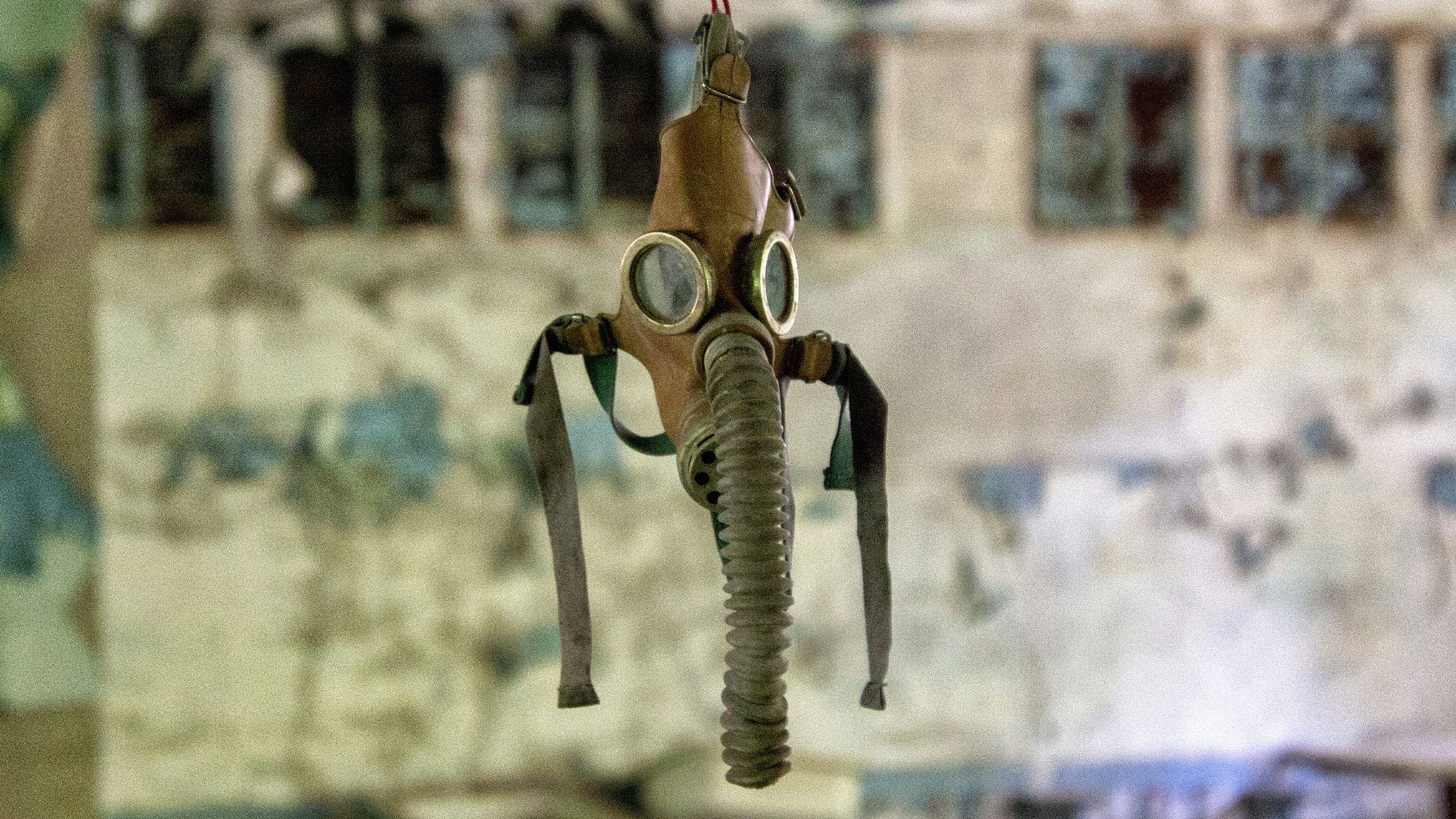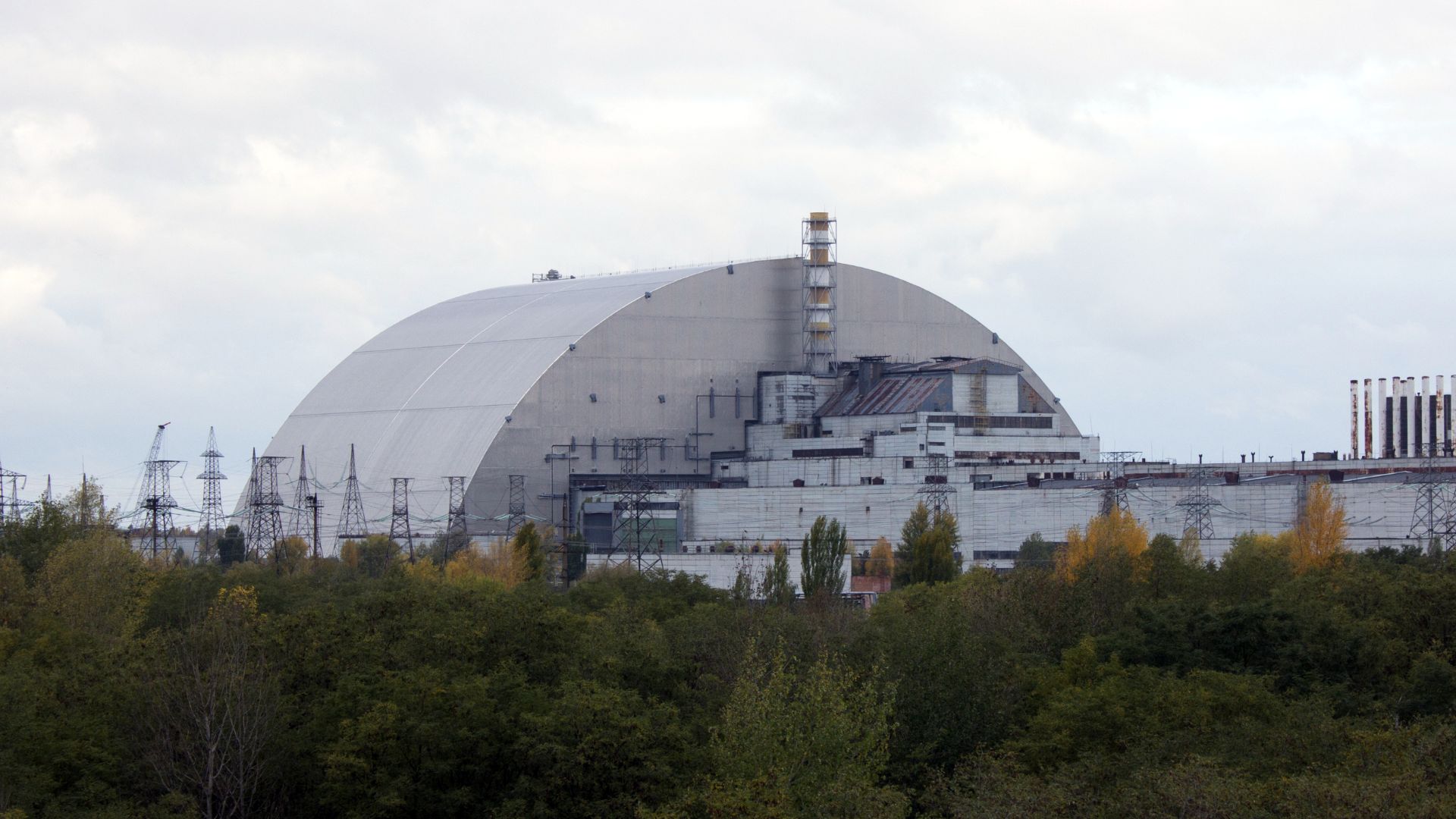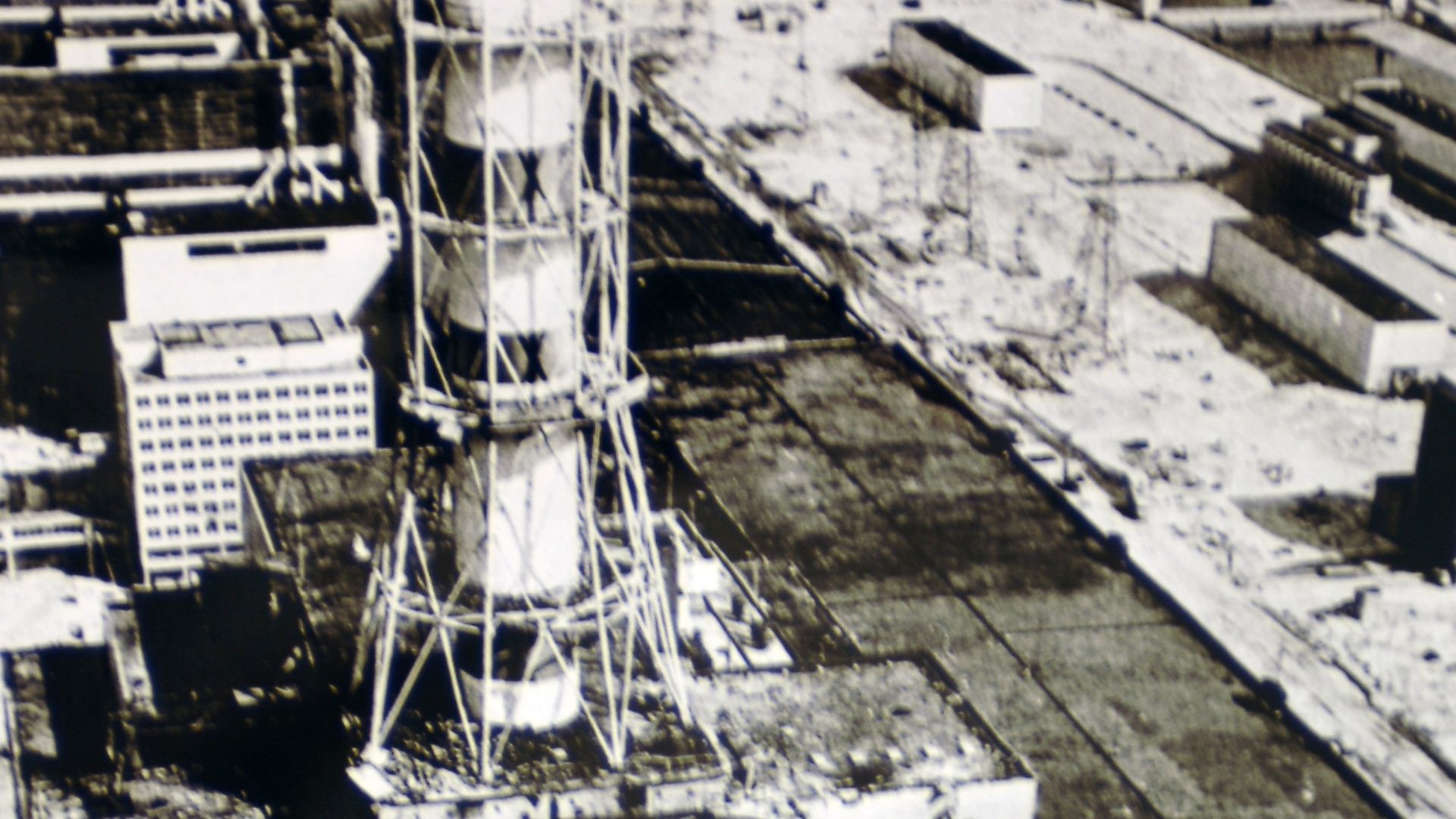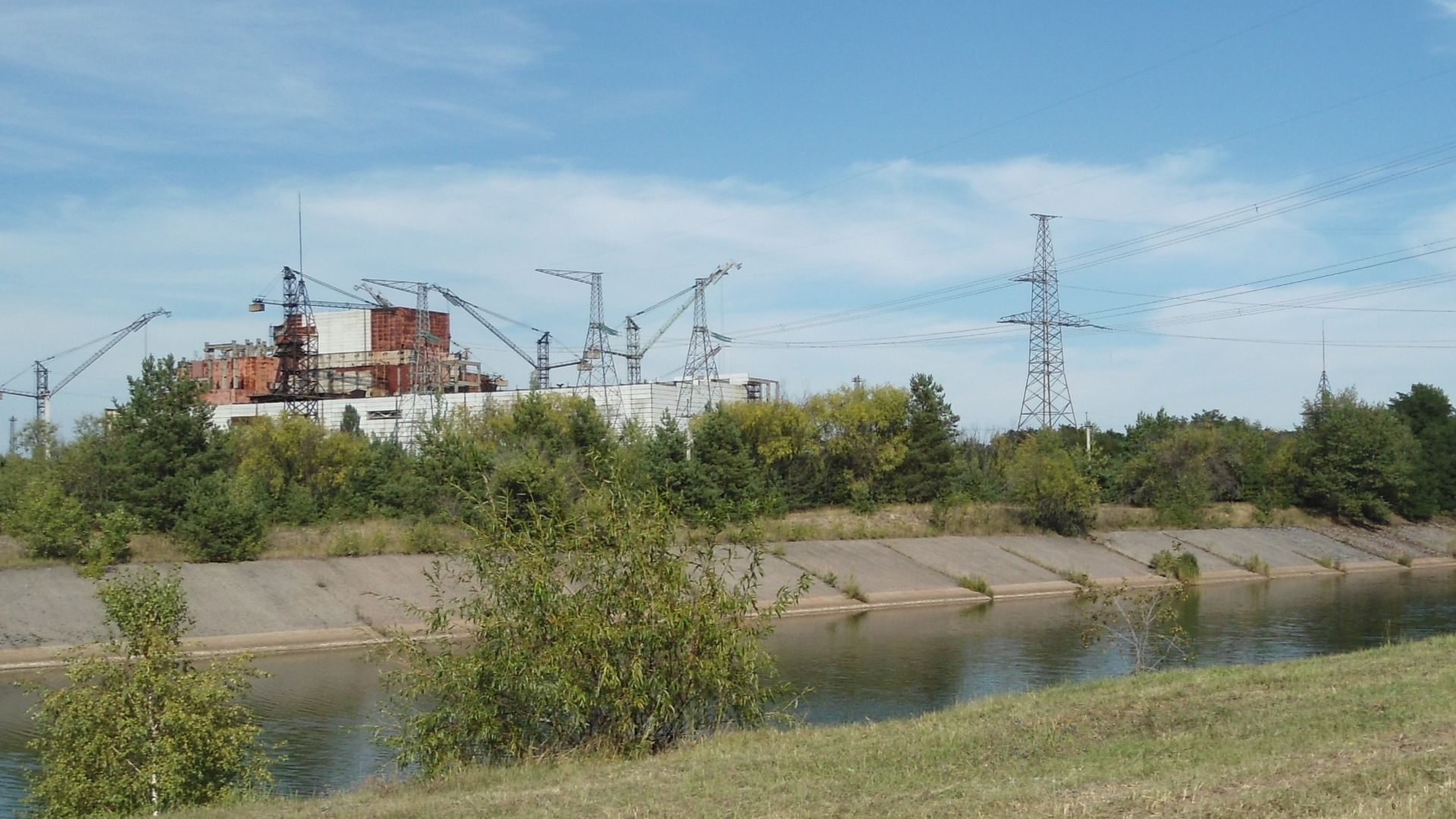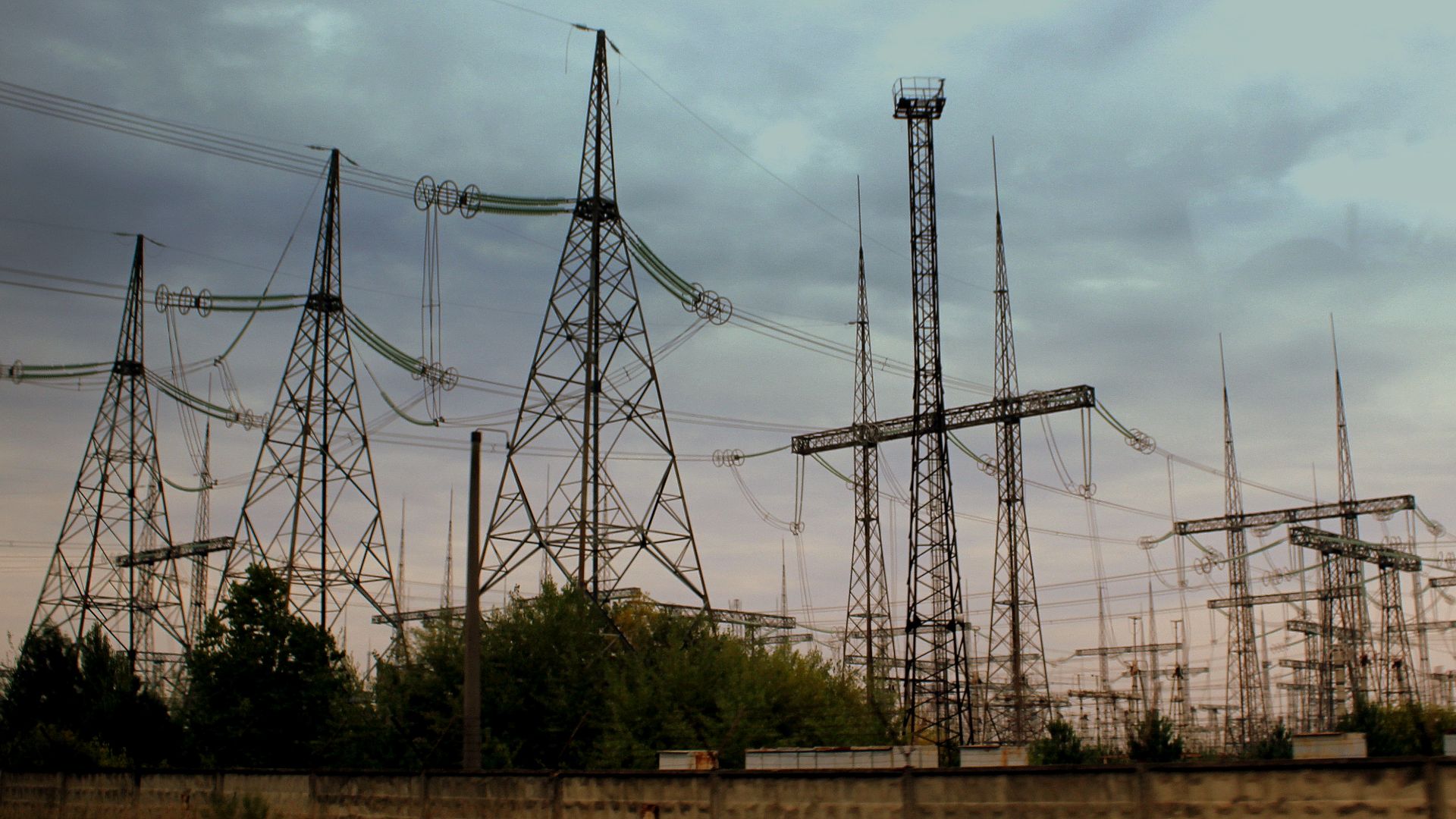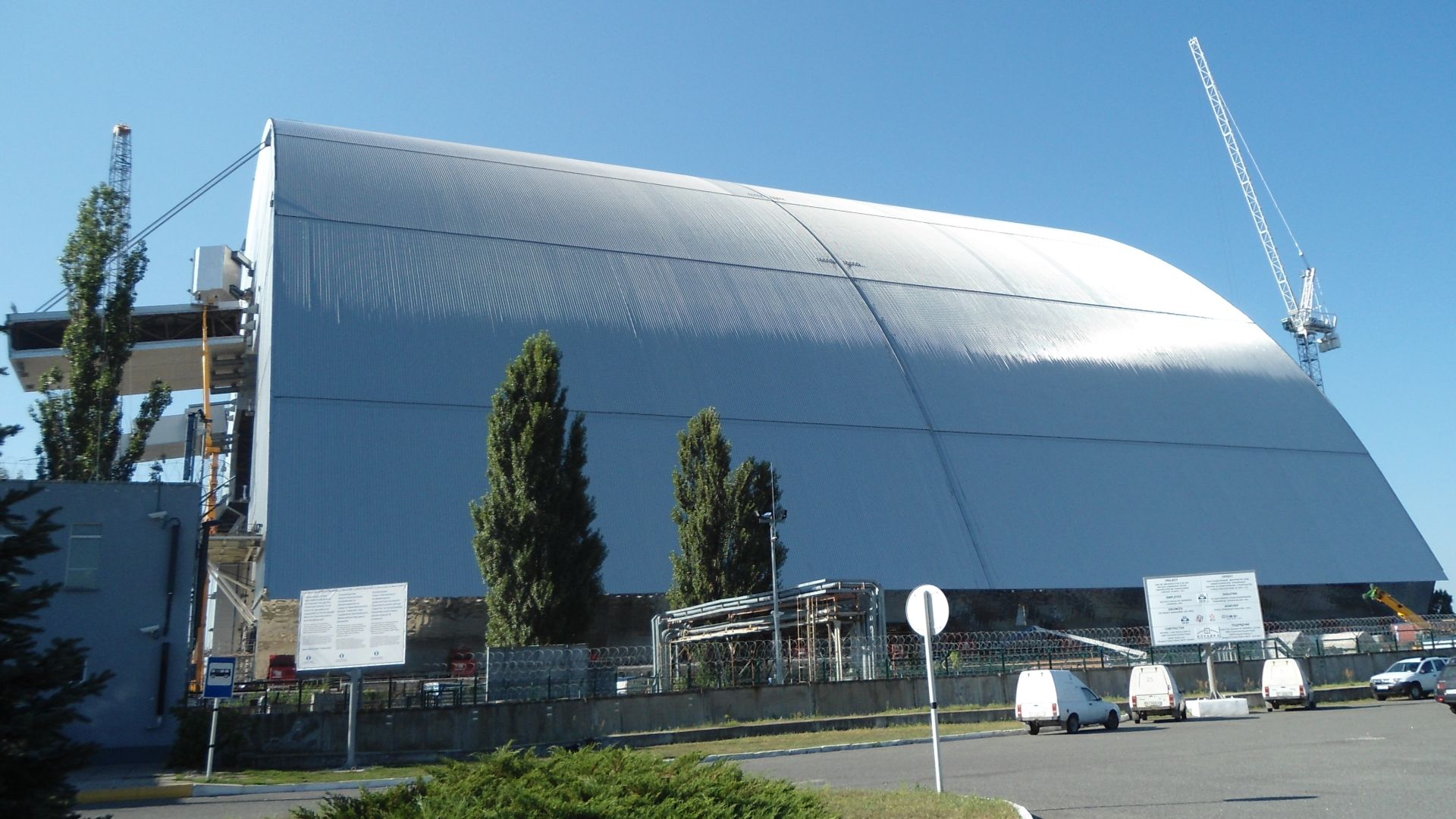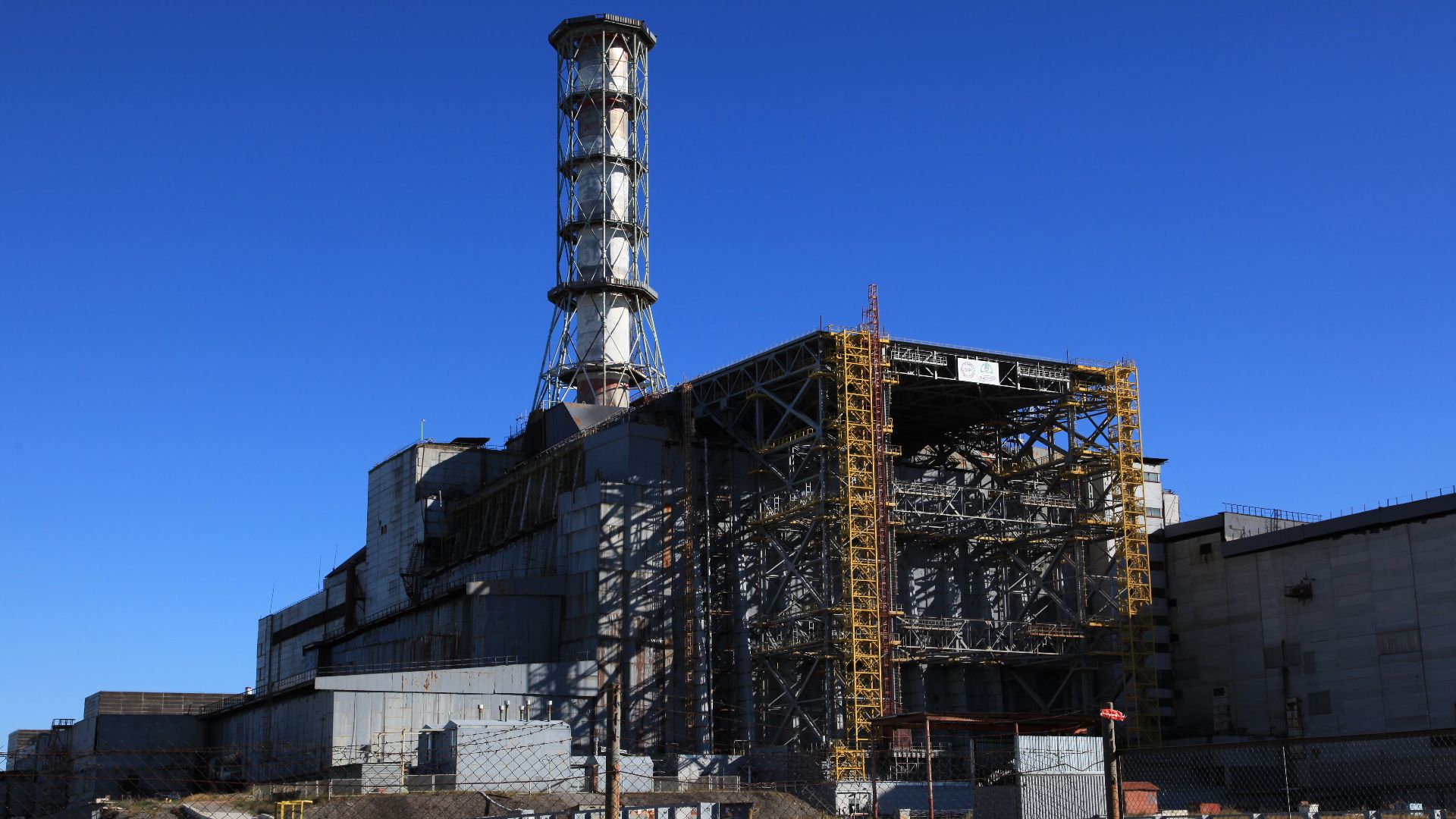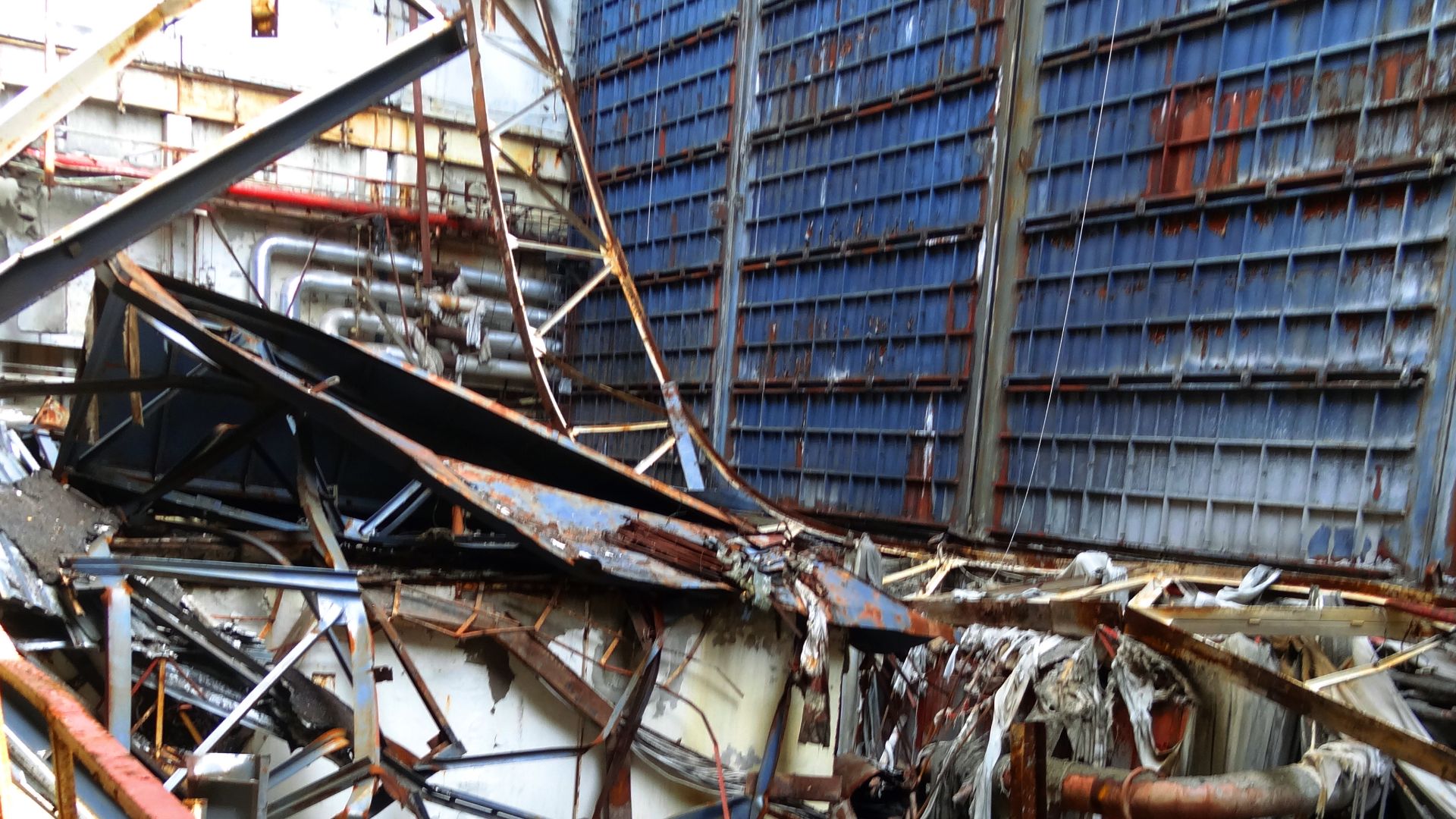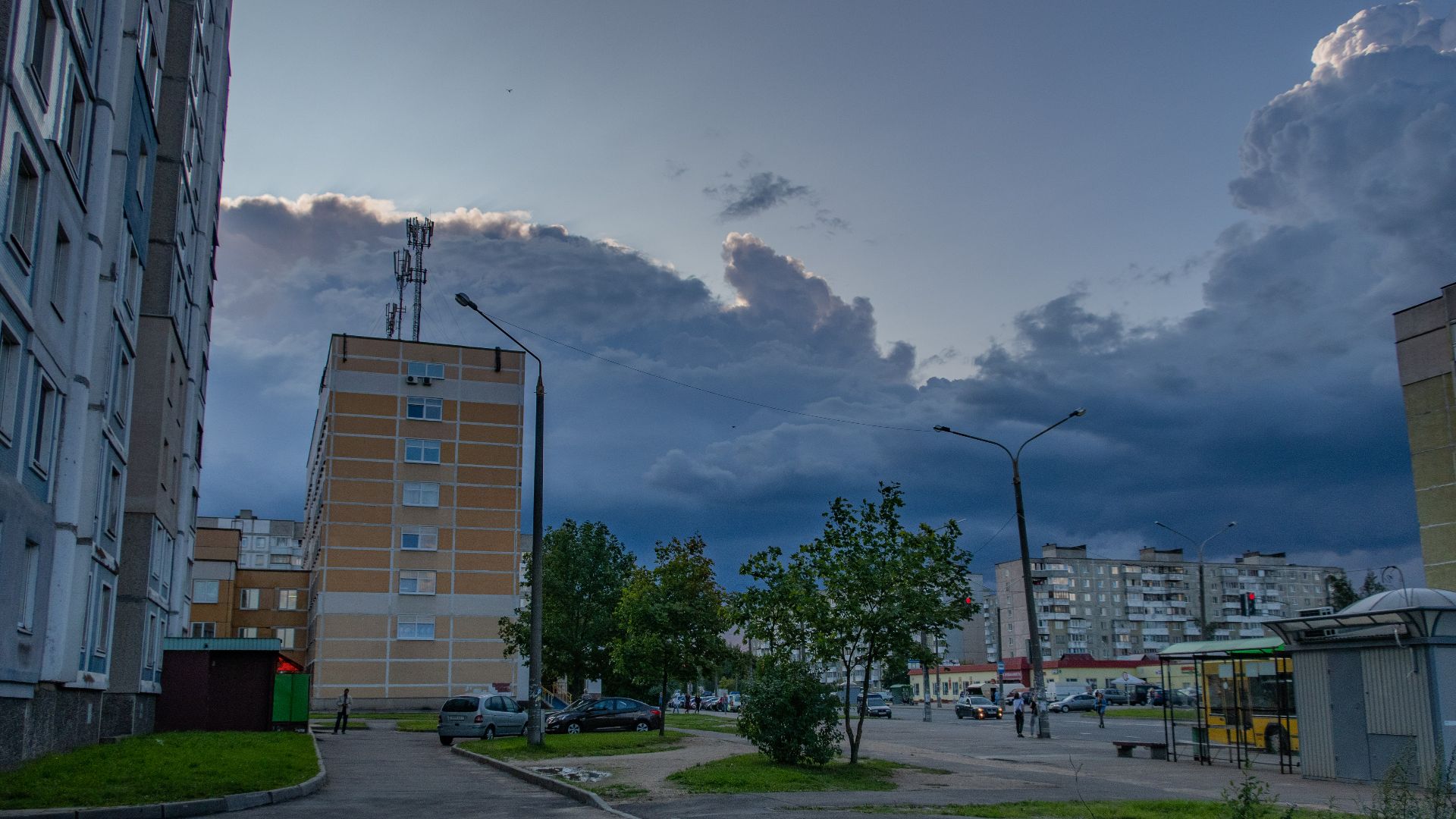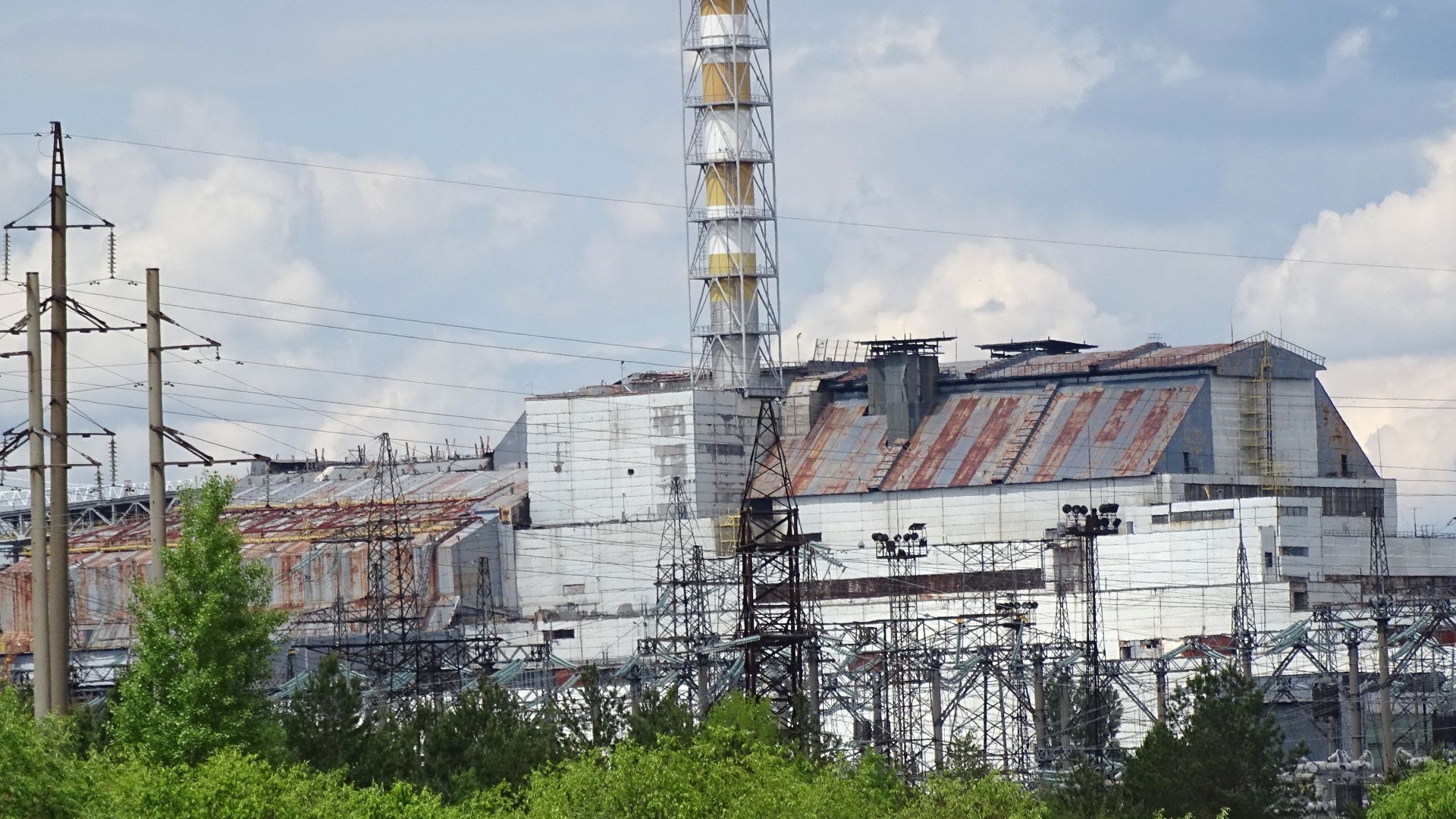The Secret Side Of Chernobyl
The Chernobyl disaster reshaped global views on nuclear power, but many of its details still remain in the shadows. Beyond the headlines lies a network of decisions, risks, and untold aftermaths that affected history in silence. The facts ahead go beyond the obvious and into things you likely don’t know. Get closer to the truth with these 20 insights about Chernobyl.
1. Chernobyl Wasn’t The Plant’s Official Name
The plant was officially named the Vladimir Ilyich Lenin Nuclear Power Station. “Chernobyl” referred to a nearby town, not the facility itself. Over time, the disaster overshadowed its original name, and “Chernobyl” became a symbol of technological failure.
2. Construction Began Nearly A Decade Before The Disaster
Construction of Reactor No. 1 began in 1970. That same year, Pripyat was established to house workers and families. The plant expanded steadily, adding reactors in phases. By 1983, four units were fully operational, with plans underway for two more.
3. The Plant Once Had Four Working Reactors
Reactor No. 1 came online in 1977, with three additional reactors added by 1983. These units powered much of northern Ukraine using the Soviet-designed RBMK-1000 model. Two more reactors—Units 5 and 6—were under construction but were abandoned permanently after the disaster.
4. Chernobyl Used A Controversial Soviet Reactor Design
The RBMK reactor lacked a protective containment dome, making it more vulnerable than Western models. It also had a dangerous positive void coefficient, which caused some instability during power changes. Graphite-tipped control rods exacerbated the situation by increasing reactivity during insertion.
 RBMK Reactors - Design Overview | The Nuclear Reactor that was used in Chernobyl by Antares
RBMK Reactors - Design Overview | The Nuclear Reactor that was used in Chernobyl by Antares
5. Young, Inexperienced Operators Staffed The Facility
Many Chernobyl technicians were in their twenties, with limited real-world training, and Soviet education had emphasized theory over practical safety. Additionally, senior engineers were often absent during night shifts. These played a critical role in the disastrous chain of events.
 Inside the heart of the Chernobyl nuclear reactor | 60 Minutes Australia by 60 Minutes Australia
Inside the heart of the Chernobyl nuclear reactor | 60 Minutes Australia by 60 Minutes Australia
6. The Plant Supplied Power To Millions
At its peak, Chernobyl provided roughly 10% of Ukraine’s electricity. Its output sustained homes, industries, and even Soviet military operations. The plant was a vital component of the USSR’s energy system, and its significance extended far beyond its physical location.
7. A New Steel Sarcophagus Now Covers The Ruins
The original concrete shield deteriorated rapidly, and in 2016, engineers had to slide a 36,000-ton steel arch over Reactor No. 4. Designed to last a century, it prevents radioactive leaks and enables safe dismantling. It’s the world’s largest movable land-based structure.
8. Reactor No. 4 Was Set For A Shutdown On The Same Day
On April 25, 1986, engineers began preparing for a routine shutdown to run a safety test. This procedure had been delayed multiple times due to energy demands. Eventually, it was carried out late at night, when electricity consumption dropped.
9. A Safety Test Was The Catalyst For The Explosion
The test was designed to simulate a total blackout and assess whether turbines could keep safety systems running. Operators turned off critical failsafes to conduct it. However, as power levels fluctuated, the reactor became dangerously unstable, resulting in an explosion.
 Secrets of the Chernobyl Control Room | Zero Hour by Curious? True Heroes
Secrets of the Chernobyl Control Room | Zero Hour by Curious? True Heroes
10. Engineers Ignored Key Safety Protocols
Senior safety officials didn’t approve of the test. Still, operators manually turned off automated shutdown systems, violating reactor safety guidelines. Instructions were also disregarded, and standard limits were ignored. A misplaced confidence in the reactor’s design led to an unforgettable nuclear catastrophe.
 "You Stalled the Reactor!" | HBO CHERNOBYL: S1E05 | HD by Sheldon03
"You Stalled the Reactor!" | HBO CHERNOBYL: S1E05 | HD by Sheldon03
11. The Initial Blast Was Followed By A Second
Reactor No. 4, the first to explode, ejected its 2,000-ton upper plate. Seconds later, a second, more violent blast hurled radioactive fuel and graphite skyward. Fires erupted across the plant, and debris rained down, which accelerated contamination.
12. Radiation Was Visible As A Blue Glow
Survivors described a surreal blue glow hovering above the reactor. This eerie light originated from ionizing radiation, which energized the air molecules. Drawn by curiosity, some workers unknowingly stepped into lethal zones and absorbed fatal doses within minutes.
 Ionized Air is Glowing | All scenes from Chernobyl Series by History Reactor
Ionized Air is Glowing | All scenes from Chernobyl Series by History Reactor
13. Pripyat Residents Weren’t Evacuated For 36 Hours
Despite the explosion, daily life in Pripyat continued as usual. However, by evening, residents began feeling ill. The evacuation order came the next afternoon. Thinking the relocation was temporary, most residents left with only essentials, never imagining they’d never return home.
 Chernobyl. Evacuation of Pripyat HQ by Starjukker
Chernobyl. Evacuation of Pripyat HQ by Starjukker
14. Local Firefighters Were Exposed Without Protective Gear
Firefighters assumed it was a routine blaze. Ignorant of the radiation, they walked in without protective clothing and fought fires on the roof and inside the building. Several died soon after from acute radiation sickness in hospitals far from the blast.
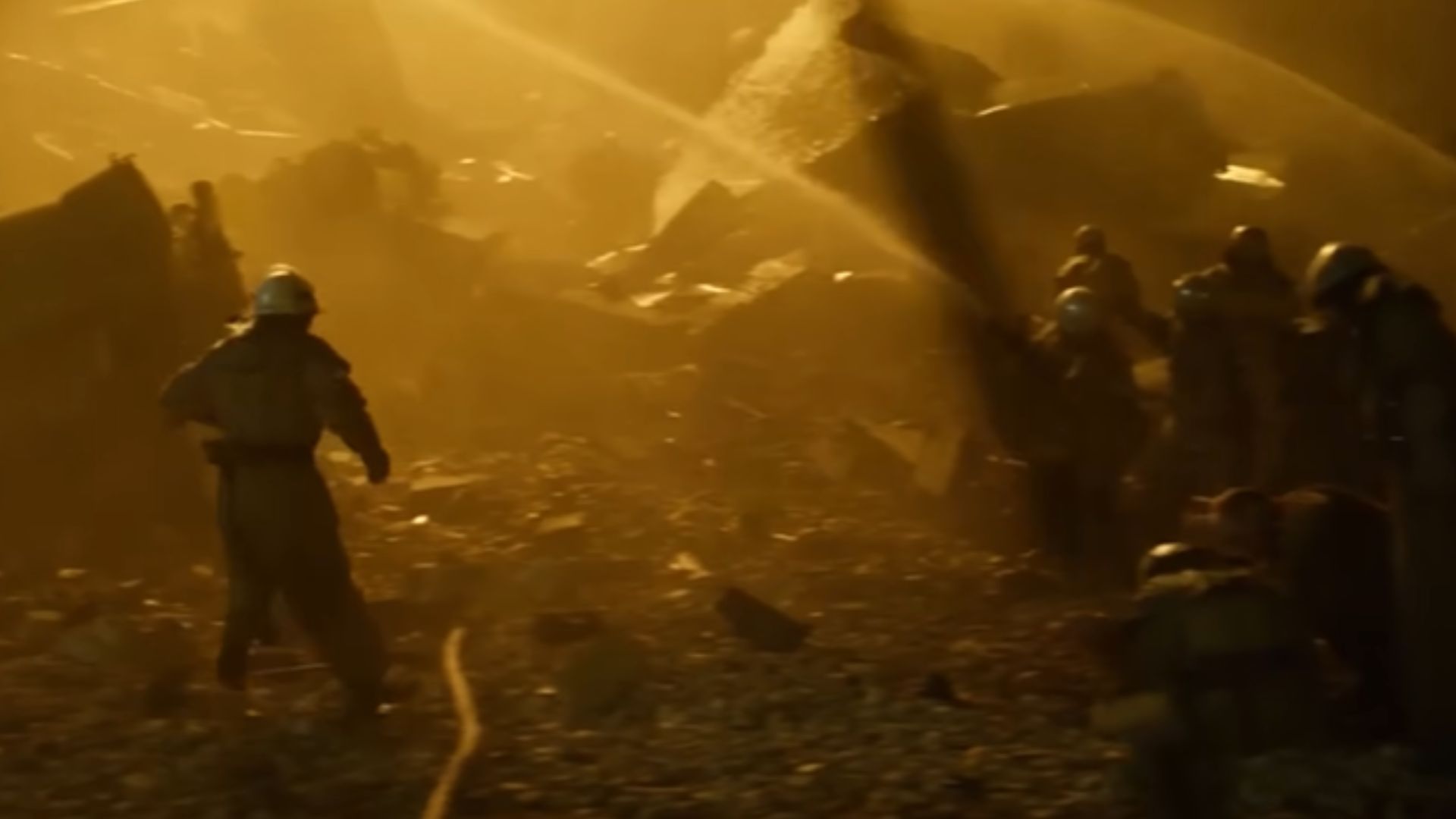 Chernobyl (2019) - Fire brigade at Chernobyl | Episode 1 by L1NTHALO
Chernobyl (2019) - Fire brigade at Chernobyl | Episode 1 by L1NTHALO
15. Radiation Spread Across Europe Within Days
Radioactive clouds swept across Belarus, Poland, and parts of Scandinavia within hours. Rainfall also created random, high-contamination pockets throughout the region. The UK wasn’t spared, either. Unfortunately, the Soviet Union’s silence left Europe unaware of the threat, delaying emergency responses.
16. Soviet Officials Delayed Informing The World
Despite the explosion, Soviet broadcasts remained silent for nearly two days. Swedish scientists were the first outsiders to detect abnormal radiation. Only then did the USSR acknowledge that an incident had occurred. Their delayed response fueled global criticism of Soviet secrecy.
 The Night Chernobyl Reactor 4 Exploded | The Chernobyl Disaster by Documentaries
The Night Chernobyl Reactor 4 Exploded | The Chernobyl Disaster by Documentaries
17. The Chernobyl Zone Is Open For Guided Tours
Over 30 years later, Chernobyl has become an unlikely tourist destination. Visitors walk through abandoned homes in Pripyat and peer at Reactor 4’s sarcophagus from a safe distance. Curiosity draws thousands of visitors annually, and strict safety rules and checkpoints remain in place.
 Inside Chernobyl power plant: Contaminated parts by Researchers
Inside Chernobyl power plant: Contaminated parts by Researchers
18. “Liquidators” Were Drafted To Contain The Fallout
To prevent further catastrophe, around 600,000 liquidators were deployed. They included conscripted soldiers, miners, and engineers working in short, dangerous shifts. Many risked their lives to construct a massive sarcophagus. Their bravery helped limit a disaster that could have engulfed Europe.
 Chernobyl 3828 by TeleconStudio
Chernobyl 3828 by TeleconStudio
19. Failed Cleanup Robots Led To Dangerous Manual Work
Soviet robots, designed to remove debris from Reactor 4’s roof, malfunctioned almost immediately under extreme radiation. Their Western counterparts fared no better. In the end, men with shovels replaced machines, allowing just seconds of exposure before rotating out.
 Chernobyl 3828 by TeleconStudio
Chernobyl 3828 by TeleconStudio
20. Reactor No. 4 Still Houses The “Elephant’s Foot”
Beneath the ruined reactor lies the “Elephant’s Foot,” a deadly mass of molten uranium and sand. It formed during the meltdown and emitted intense radiation. Though it has decayed over time, it remains a haunting relic of the disaster.
KEEP ON READING

1 Weird Fact About Every President
Washington, Lincoln, FDR. Most people know something about the lives…
By Robbie Woods Dec 3, 2024
10 Actors Who Perfectly Played a Historical Figure & 10…
Which Performance is Your Favorite?. Playing the role of a…
By Rob Shapiro Sep 15, 2025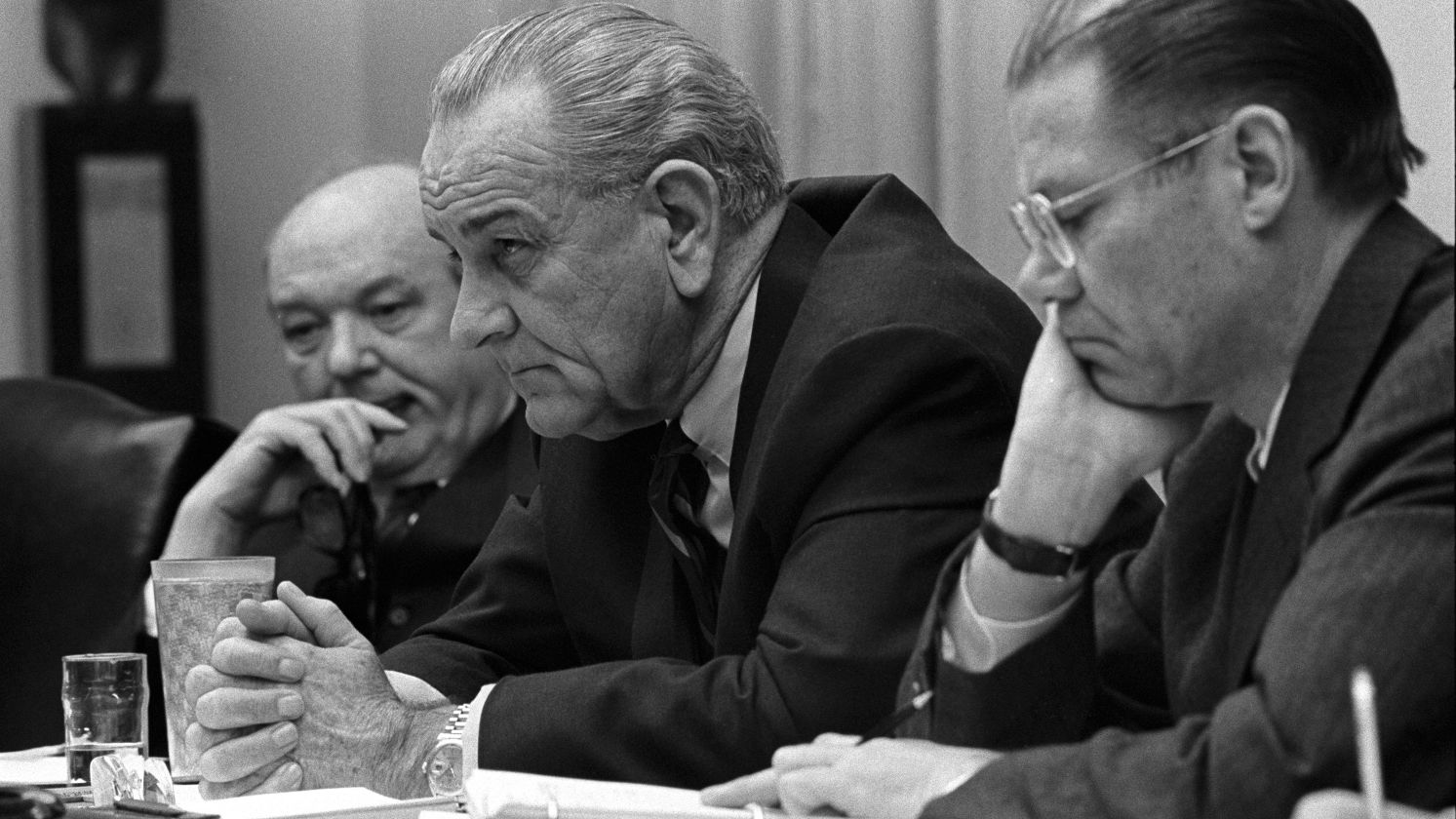
10 Actors Who Weren't Up To Playing A U.S. President…
Who Wouldn't Vote Woody Harrelson for President?. Actors who sign…
By Rob Shapiro Oct 22, 2025
10 Amazing Popes & 10 Who Weren't So Great
An Odd Cast of Characters Throughout History. From popes who…
By Henry Judd Apr 29, 2025
10 Ancient Civilizations You Don’t Want to Be Trapped In…
Grab Your Time Machine. Trying to pick out an ancient…
By Farva Ivkovic Feb 21, 2025
10 Ancient Lost Cities Yet To Be Found & 10…
Will You Find The Next Lost City?. Based on our…
By Breanna Schnurr Aug 27, 2025

